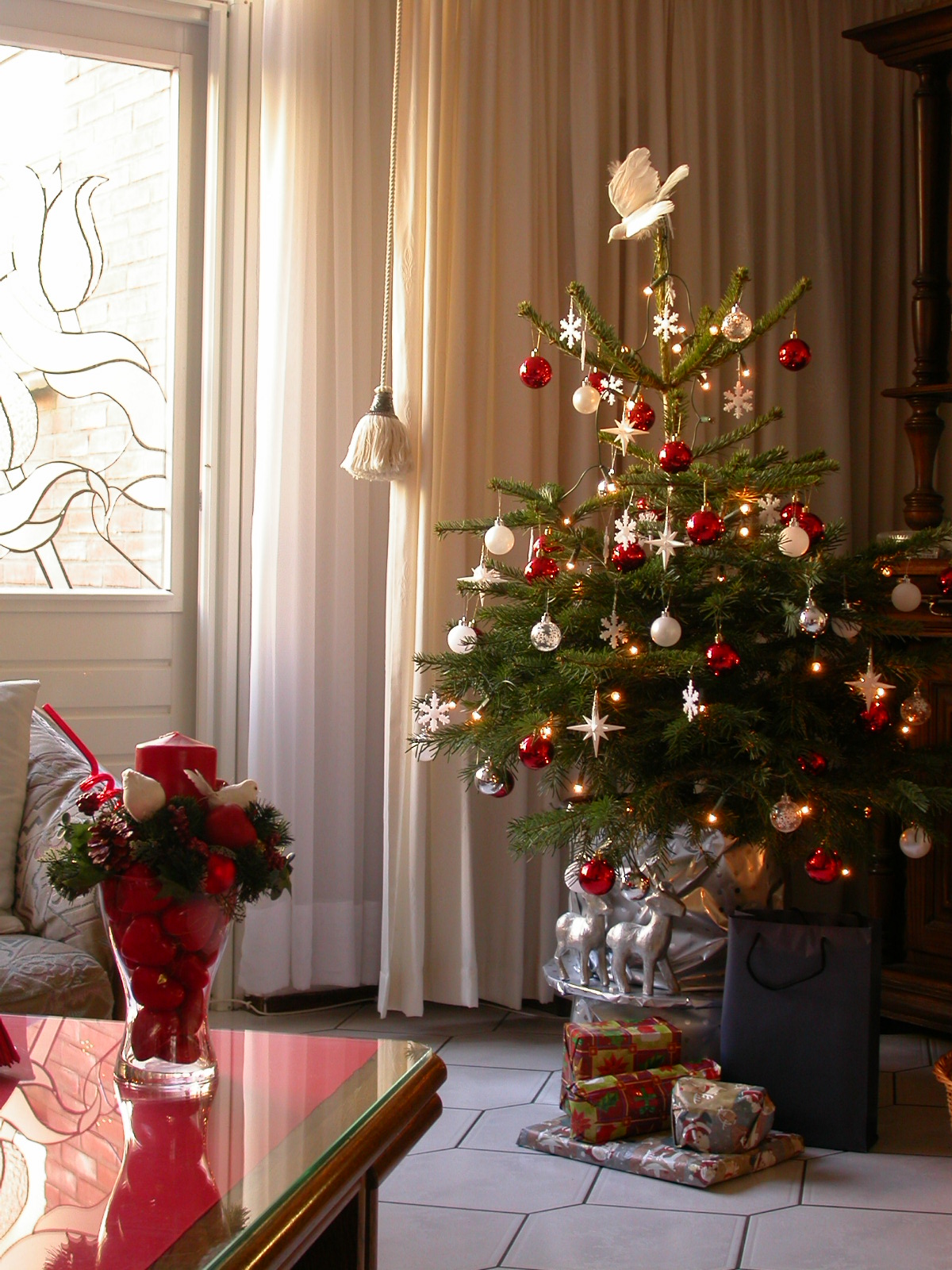Today, garden design encompasses a wide range of styles and approaches, from traditional to contemporary, formal to informal, minimalist to maximalist. The principles of sustainability, biodiversity, and ecological sensitivity have become increasingly important in garden design, as designers seek to create landscapes that are both beautiful and environmentally friendly.
5. Pothos: Pothos, also known as devil's ivy, is a trailing vine with heart-shaped leaves that come in a range of colours, from green to variegated. It does well in low light conditions and only requires occasional watering.
2. Water: Tropical houseplants generally like to be kept evenly moist but not waterlogged. Water your plants when the top inch of soil feels dry to the touch. Make sure to use room temperature water and avoid letting your plants sit in water, as this can lead to root rot.
One of the most famous examples of Tudor garden design is Hampton Court Palace, which boasts a magnificent array of formal gardens, including the famous knot garden and the Great Vine. These gardens were meticulously planned and maintained, with every plant and tree placed with precision to create a sense of order and symmetry.
One of the most famous proponents of the Romantic style of garden design was Capability Brown, who is often referred to as the "father of English landscaping." Brown was responsible for designing many of England’s most famous landscapes, including Blenheim Palace, Chatsworth House, and Stowe House. His designs were characterized by their naturalistic planting schemes, rolling lawns, and meandering lakes, which were intended to create the illusion of an untouched, wild landscape.
To ensure your houseplants thrive and remain healthy, it's important to provide them with the right conditions and care. This includes watering them regularly, but not overwatering, as this can lead to root rot and other issues. It's also important to provide your plants with the right amount of sunlight, humidity and temperature, as well as regular feeding with a balanced plant food to promote growth and flowering. Regularly inspect your plants for any signs of pests or disease, and take appropriate action to treat and prevent any issues that arise.
The history of garden design can be traced back to ancient civilizations such as Mesopotamia, Egypt, and Persia, where gardens were seen as symbols of power, prestige, and wealth. These early gardens were often enclosed by walls or hedges, with geometrical layouts, water features, and carefully manicured plants. The Hanging Gardens of Babylon, one of the Seven Wonders of the Ancient World, is a prime example of the grandeur and opulence of ancient garden design.
3. Improved indoor air quality: Houseplants release oxygen and increase humidity levels in the air, which can improve overall indoor air quality. This is especially beneficial in homes with poor ventilation or in urban areas with high levels of air pollution.
One of the most famous examples of Stuart garden design is the gardens at Versailles, which were designed by the renowned landscape architect André Le Nôtre. These gardens were laid out in a series of formal patterns, with grand avenues leading to ornate fountains and statues. The gardens at Versailles set a new standard for garden design in Europe, and their influence can still be seen in many British gardens today.
Not only do houseplants improve air quality, but they also have a positive impact on our mental health and well-being. Studies have shown that being in the presence of plants can reduce stress and anxiety, improve mood and increase productivity. The simple act of caring for a plant can also provide a sense of purpose and fulfilment, as well as a connection to nature in our often busy and technology-driven world. By creating an indoor green oasis with houseplants, you can try this out can create a calm and soothing environment that promotes relaxation and mental clarity.
4. Fertilizer: During the growing season, tropical houseplants benefit from regular feeding with a balanced fertilizer. Be sure to follow the instructions on the fertilizer packaging and avoid over-fertilizing, which can harm your plants.
Garden design has been an integral part of human culture for centuries, reflecting the values, aesthetics, and aspirations of different societies. The history of garden design is a fascinating journey through time, showcasing the evolution of styles, techniques, and trends. From the formal gardens of ancient civilizations to the picturesque landscapes of the Romantic era, the art of garden design has continually evolved to suit the needs and tastes of each era.
 Tropical houseplants not only beautify our living spaces but also provide a range of health benefits. Studies have shown that indoor plants can improve air quality by reducing toxins and pollutants, such as formaldehyde and benzene. Tropical houseplants are particularly effective at purifying the air, thanks to their large surface area and efficient photosynthesis process.
Tropical houseplants not only beautify our living spaces but also provide a range of health benefits. Studies have shown that indoor plants can improve air quality by reducing toxins and pollutants, such as formaldehyde and benzene. Tropical houseplants are particularly effective at purifying the air, thanks to their large surface area and efficient photosynthesis process.